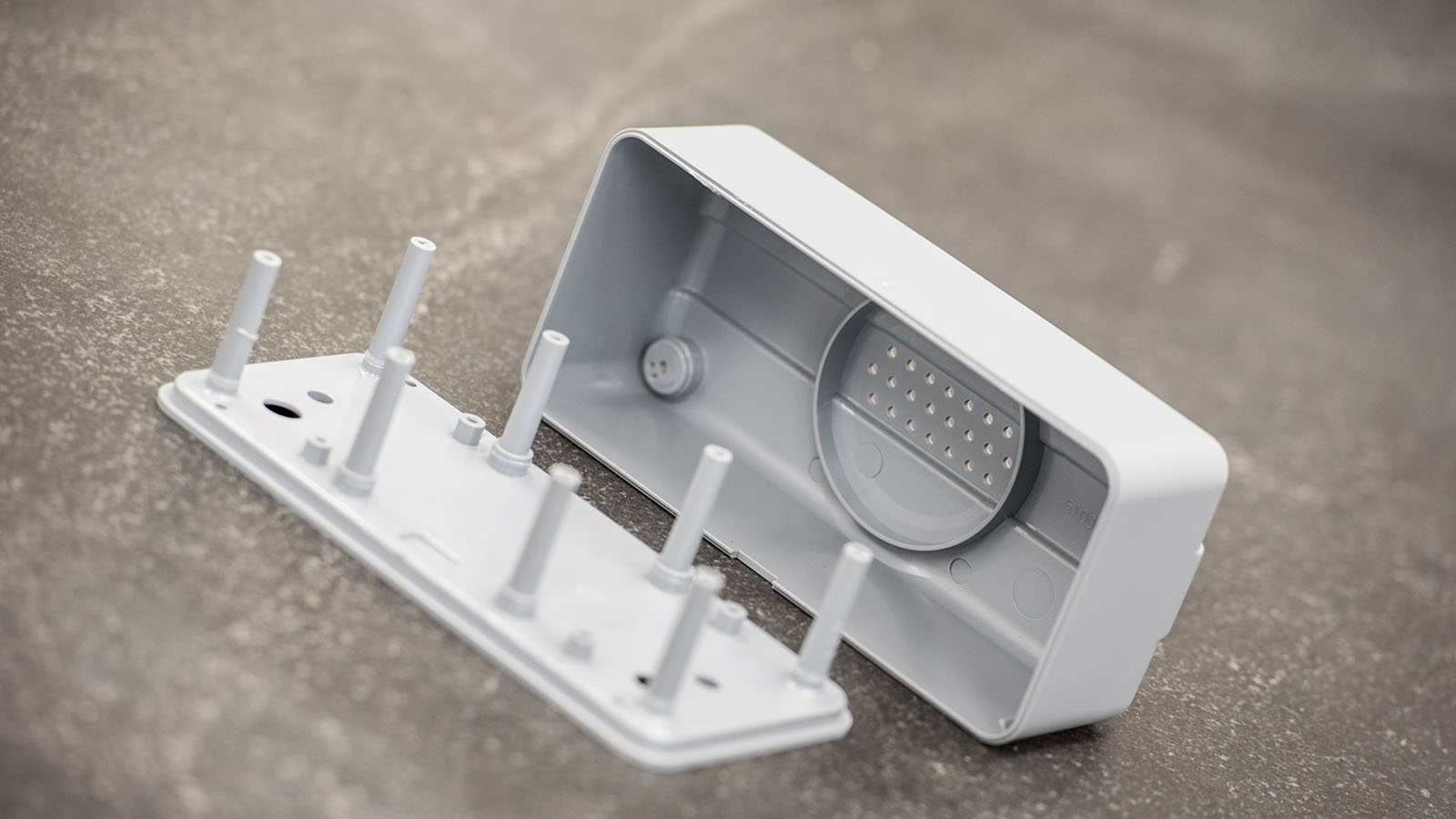There’s no doubt 3D printing has become all the craze for everyone from the hobbyist to Fortune 500 companies. And why wouldn’t it be? This process can save tens if not hundreds of thousands of dollars on prototyping while saving development time. You may be wondering though, are these industries competing, and is there a better choice between the two? Some people have said that 3D printing will kill the injection molding industry. Although I’m one to accept nearly anything as “possible,” the reality of today (and likely the next few decades) is that both will continue to flourish both separately and together.
With the advent and recent advancements in printing technology, we can assume that this has negatively affected injection molders and tool builders in some way. However, this revenue shift is just as likely to have been replaced or even expanded by new product development that may have never occurred without 3D printing technology.
The technologies are playing well together, but there may be some confusion for the consumer. The important first step is avoiding thinking “one or the other” and more about how both can be used to produce a timely and cost-effective plastic part. Here are a few basic questions to ask when evaluating your part or idea.
What’s the expected volume?
If you’re trying to replace a broken part on grandpa’s train set, you’ll want to stick with 3D printing. However, if you’ll need thousands or millions of parts, start planning for injection molding.
How does this part function?
It’s important to note that these processes treat plastic differently during manufacturing. Because of this, the mechanical characteristics of the plastic will not be the same. For example, let’s say you have a living hinge, clips actions, or a deflection point designed into the part. These features can be 3D printed and be completely functional. However, the longevity and mechanics of these features may be very different than an injection molded part and could require design changes. In this case, you may want to get proof of concept by 3D printing and then talk to your molder about cost-effective prototype tooling. This will ensure that your part will function the same as it would in production.
What about the cost?
Do you need just a few parts or hundreds for testing? If your 3D printed part is $20 or $30 and you need a few hundred to test, it may be possible to have a prototype mold built for that total cost. You may even be able to launch the product and run thousands of parts using that same mold. This is another situation where you may want a few 3D printed parts to make sure the design of your part is close. Then you can then move into prototype injection molding so you can carry out accurate testing. There are some risks in building a prototype injection mold because making design changes are more expensive. The point here is to think in terms of using both processes and deciding when to move into injection molding. Check out Understanding the Cost of Injection Molds, where we go in-depth on all cost factors associated with building molds.
What are the design limitations?
One of the powerful advantages of 3D printing is that you can make nearly anything. In some ways, you can say the same about injection molding, but there are many more design considerations. If you know you will eventually be injection molding a part, it’s important to get an injection molder involved early. This will avoid major changes to design in transferring between 3D printing and molding.
We should be thinking about 3D printing and injection molding as a continuum in the product development process. One is not better than the other overall, and it’s unlikely either one will be obsolete any time soon. The important take away is to understand the processes, where they are best used, and to make a plan that utilizes the advantages of each.


